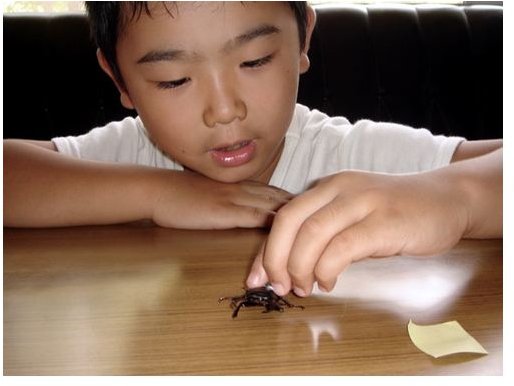Help Your Children With ADHD: Strategies for Fidgeting
Working Memory
For the ADHD child, fidgeting comes with the territory and is hard to control. While fidgeting can be disruptive and annoying for others, many parents and teachers have long recognized that “fidgets” can help an ADHD child pay attention. In 2009, a study by Mark Rappaport, Ph.D., a professor of psychology at the University of Central Florida, lent credence to this idea. He and his colleagues found children used movement to help them focus on tasks, specifically tasks that require “working memory.” Working memory keeps information in the brain readily available for use in understanding, learning and reasoning. Not surprisingly, children with ADHD have trouble with working memory. ADHD researchers like Rappaport believe fidgeting affects working memory the way stimulants do: by arousing that under-aroused part of the brain.
Memory Recall
Fidgeting can improve memory recall, something ADHD children also struggle with. Jackie Andrade, Ph.D., professor at the University of Plymouth in Britain, says that a simple task such as doodling may be enough to stop daydreaming without affecting performance on the primary task. A fidget, in order to work to the benefit of an ADHD child, has to be something he or she can do without thinking, so as not be distracted from the primary task.
ADHD Strategies For Fidgeting
Still, fidgeting can be distracting–for others, if not for the fidgety child. With some creativity and substitutions, though, the ADHD child can fidget–and focus–without bothering others.
- Help ADHD children keep their hands busy providing a small squeeze toy, pipe cleaners, a worry stone, or some other tactile object that can be manipulated quietly (replacing a tapping pencil or drumming fingertips).
- Give these children space to pace. Let them move around at the back of the classroom rather than squirming in their seats and distracting their neighbors.
- Allow them to stand while they working on homework assignments if that helps them concentrate.
- Give them doodle sheets with shapes they can shade in while listening to a teacher or sitting in church.
- Let the child chew gum quietly while listening, reading or doing homework. If gum is not an option, chewing on a straw, or sucking on hard candy can also help an ADHD child focus.
- Have ADHD children twirl their hair or tap their cheeks or move their toes inside their shoes.
- Allow them to listen to appropriate music while doing homework or while they are trying to fall asleep at night. Loud or fast-paced music may work well for homework after school, but soft, slow music would be a better choice for sleep.
Knowing that secondary fidgets help an ADHD to concentrate and pay attention to a primary task can make it easier for parents and teachers to deal with. That knowledge can also help the ADHD children themselves, though they often are already aware that somehow fidgets help them focus. Work with them to find a fidget that will be beneficial to them but will not annoy or disturb others. For a child with ADHD, strategies for fidgeting can make all the difference at school and at home.
References
ADDitude: When Kids Fidget: Better Focus Through Multitasking
ADDitude: Improving Classroom Behavior: Help ADHD Children to Stop Fidgeting
Time: Kids with ADHD May Learn Better by Fidgeting
Parenting: The Upside of Fidgeting
Live Science: Doodling is Good For Your Noodle
Image Credit: J.Murawski used under a Creative Commons License
